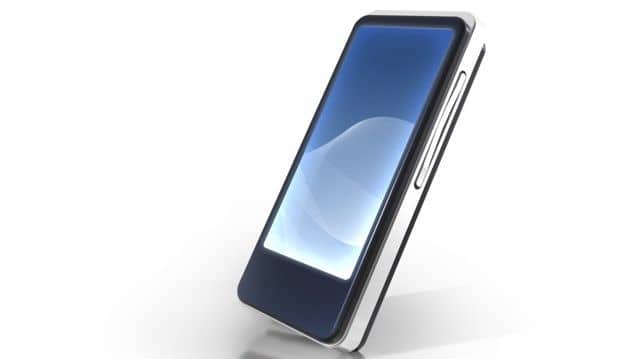iPhone Brand Positioning and the Mass Market
The introduction of the iPhone in January of 2007 was a watershed moment in consumer electronic marketing. While other smartphones were already on the market, Apple, grasping the mass market mindset, positioned the iPhone as a new category.
Apple cleverly launched the iphone using the plain old phone as a friendly point of reference. To business users who used Blackberry, Ericsson or other such devices, the smartphone category was nothing new. However, Apple essentially reinvigorated the smartphone category for consumers and went on to cement its position as the smartphone standard-bearer.
iPhone and Brand Category Leadership
As Apple has demonstrated, creating a new brand category is a powerful way to build a brand and to market a product or service. Since the smartphone category is new, the audience has a natural curiosity to learn more; the marketer can focus on educating customers instead of doing a hard sell. The customer — once educated — may then be enticed to buy the leading product in the new category from the marketer, and this can create the kind of brand marketing magic experienced by Apple with the iPhone. The challenge comes when the new category grows old. The iPhone is no longer leading a new category and so, naturally, mass market fascination cannot be sustained at the level it once held. This is why — apart from the Apple fans — the typical consumer’s interest in each iPhone release will naturally decline. This is also why, unless you need a new smartphone, you too may care less and less about the marketing of the iPhone as time goes on.
Lessons for Brand Marketers
- Don’t overlook the marketing power of consciously creating a new brand category for your innovative product or service.
- Recognize when your brand category is getting old, and when being new is no longer a marketing advantage in itself.
- As your category gets old, double down in your efforts to be (and be perceived as) the category leader in terms of market leadership, thought leadership, or, like Apple, both.

